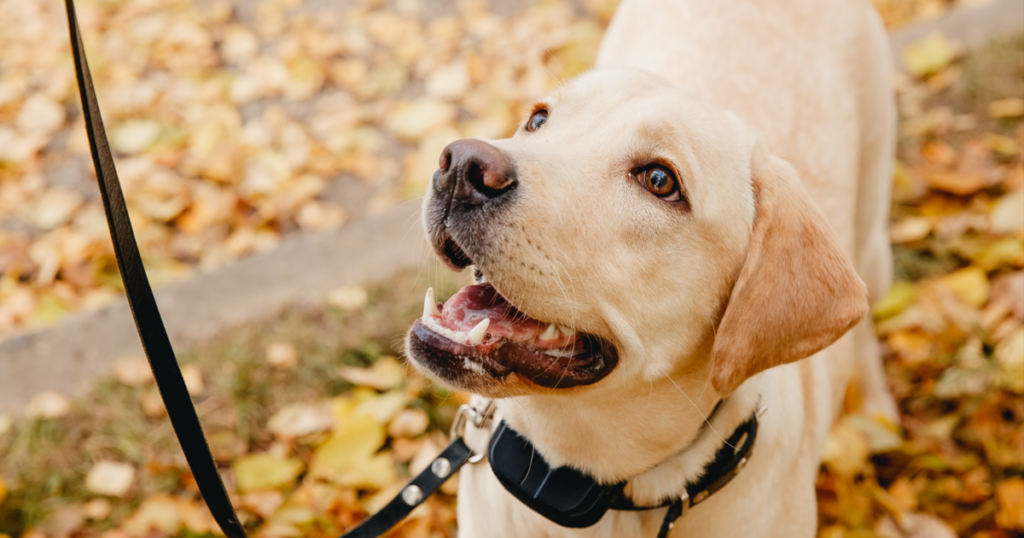
A dog ear fence is a popular fencing option that provides a secure and enclosed space for your beloved furry friend to play and explore outdoors. This type of fence, also known as a dog-ear privacy fence, features overlapping vertical boards with a distinctive angled top resembling the shape of a dog’s ear. In this article, we will explore the benefits, considerations, and installation tips for a dog ear fence to help pet owners create a safe and enjoyable outdoor space for their dogs.
Benefits of a Dog Ear Fence:
- Security and Containment: A dog ear fence offers a secure boundary, preventing your dog from wandering off and ensuring they remain safely within the designated area. It acts as a physical barrier, reducing the risk of accidents or encounters with other animals or people.
- Privacy and Noise Reduction: The overlapping design of a dog ear fence provides privacy for your property, keeping your dog’s activities away from prying eyes. Additionally, the thick wooden panels can help reduce noise from nearby streets or neighbors, providing a more peaceful environment for both you and your dog.
- Visual Appeal: The dog ear fence’s unique design adds an attractive and classic aesthetic to your outdoor space. It can complement various architectural styles and blend seamlessly with the natural surroundings, enhancing the overall appearance of your property.
Considerations for a Dog Ear Fence:
- Size and Height: Consider the size and breed of your dog when determining the appropriate height for the fence. It should be tall enough to prevent your dog from jumping over it or climbing through the gaps. Different dog breeds have different abilities when it comes to escaping, so choose a fence height that suits your specific dog’s characteristics.
- Digging Prevention: Some dogs are natural diggers, so it’s important to prevent them from digging under the fence. Consider burying the bottom of the fence a few inches underground or installing a barrier, such as chicken wire, along the bottom to discourage digging.
- Maintenance and Durability: Choose high-quality materials, such as pressure-treated wood or vinyl, that are resistant to rot, weathering, and pest damage. Regular maintenance, including staining or sealing the wood, will help prolong the fence’s lifespan and keep it looking its best.
Installation Tips for a Dog Ear Fence:
- Plan and Prepare: Before starting the installation process, check local building codes and obtain any necessary permits. Measure the area where the fence will be installed, mark the boundaries, and ensure the ground is level.
- Gather Materials and Tools: Acquire all the necessary materials, including fence panels, posts, fasteners, and concrete for the post holes. Additionally, gather the appropriate tools, such as a post hole digger, level, measuring tape, and a saw.
- Install the Fence: Begin by installing the corner posts, followed by the line posts at regular intervals. Attach the fence panels to the posts using the recommended fasteners, ensuring they are level and securely attached. Finish by adding any additional features, such as gates or latches, as needed.
- Regular Inspection and Maintenance: Regularly inspect the fence for any damage or loose components. Address any issues promptly, such as loose boards or damaged sections, to maintain the integrity and security of the fence.
A dog ear fence can provide a secure and visually appealing enclosure for your dog, allowing them to enjoy outdoor activities while ensuring their safety and containment. By considering factors such as size, height, digging prevention, and maintenance, you can create a dog ear fence that meets your specific needs and enhances your outdoor space. Follow the installation tips and guidelines to ensure a successful and durable fence that will provide both you and your furry friend with peace of mind and enjoyment for years to come.